Nature’s wonders never cease to amaze us, and one of the most captivating creatures that grace our planet is the pelican. With their striking appearance and graceful flight, pelicans have earned their place as a symbol of coastal beauty and marine life. But have you ever wondered where these magnificent birds call home? Join us as we dive into the pelican’s world and explore their fascinating habitats.
Explore the Majesty of Pelicans: Click to Open in a New Tab
1. Coastal Sanctuaries: Pelicans by the Shore
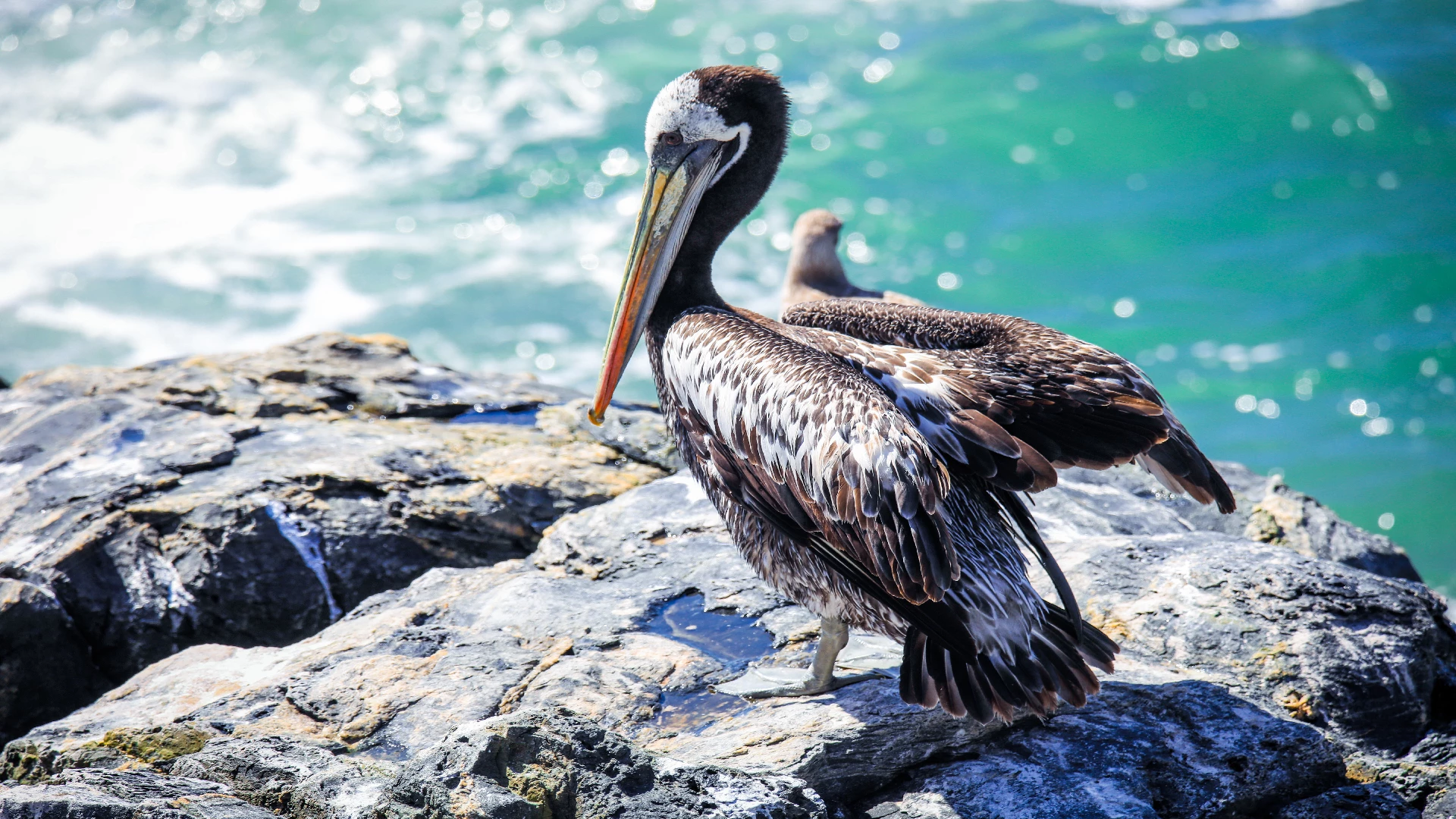 To begin with, pelicans are most commonly associated with coastal regions, where they thrive in a range of habitats, from rugged cliffs to sandy beaches. These birds exhibit an astonishing adaptability, as they effortlessly transition between various coastal environments. Additionally, their strong and broad wings allow them to glide skillfully over the waves, making their homes along coastlines worldwide.
To begin with, pelicans are most commonly associated with coastal regions, where they thrive in a range of habitats, from rugged cliffs to sandy beaches. These birds exhibit an astonishing adaptability, as they effortlessly transition between various coastal environments. Additionally, their strong and broad wings allow them to glide skillfully over the waves, making their homes along coastlines worldwide.
2. Nesting Grounds: Breeding and Reproduction
 Moving forward, let’s focus on the pivotal role of nesting grounds in the pelican’s life cycle. These birds are meticulous in selecting the perfect site to build their nests. In fact, pelicans often choose remote islands or protected wetlands to ensure the safety of their young. Furthermore, the communal nature of their nesting colonies provides added protection against predators, with hundreds of pairs gathering to rear their chicks together.
Moving forward, let’s focus on the pivotal role of nesting grounds in the pelican’s life cycle. These birds are meticulous in selecting the perfect site to build their nests. In fact, pelicans often choose remote islands or protected wetlands to ensure the safety of their young. Furthermore, the communal nature of their nesting colonies provides added protection against predators, with hundreds of pairs gathering to rear their chicks together.
3. Mangrove Hideaways: Feeding Havens
 Shifting our attention, pelicans are well-known for their remarkable fishing skills. Their preferred method of catching fish is a spectacle to behold, as they plunge from the air into the water with precision. One of the habitats where this skill is showcased most vividly is the mangrove swamp. In addition, mangroves provide an abundant supply of small fish, crustaceans, and other aquatic creatures, making them an ideal feeding ground for these majestic birds.
Shifting our attention, pelicans are well-known for their remarkable fishing skills. Their preferred method of catching fish is a spectacle to behold, as they plunge from the air into the water with precision. One of the habitats where this skill is showcased most vividly is the mangrove swamp. In addition, mangroves provide an abundant supply of small fish, crustaceans, and other aquatic creatures, making them an ideal feeding ground for these majestic birds.
4. Inland Oases: Lakes and Reservoirs
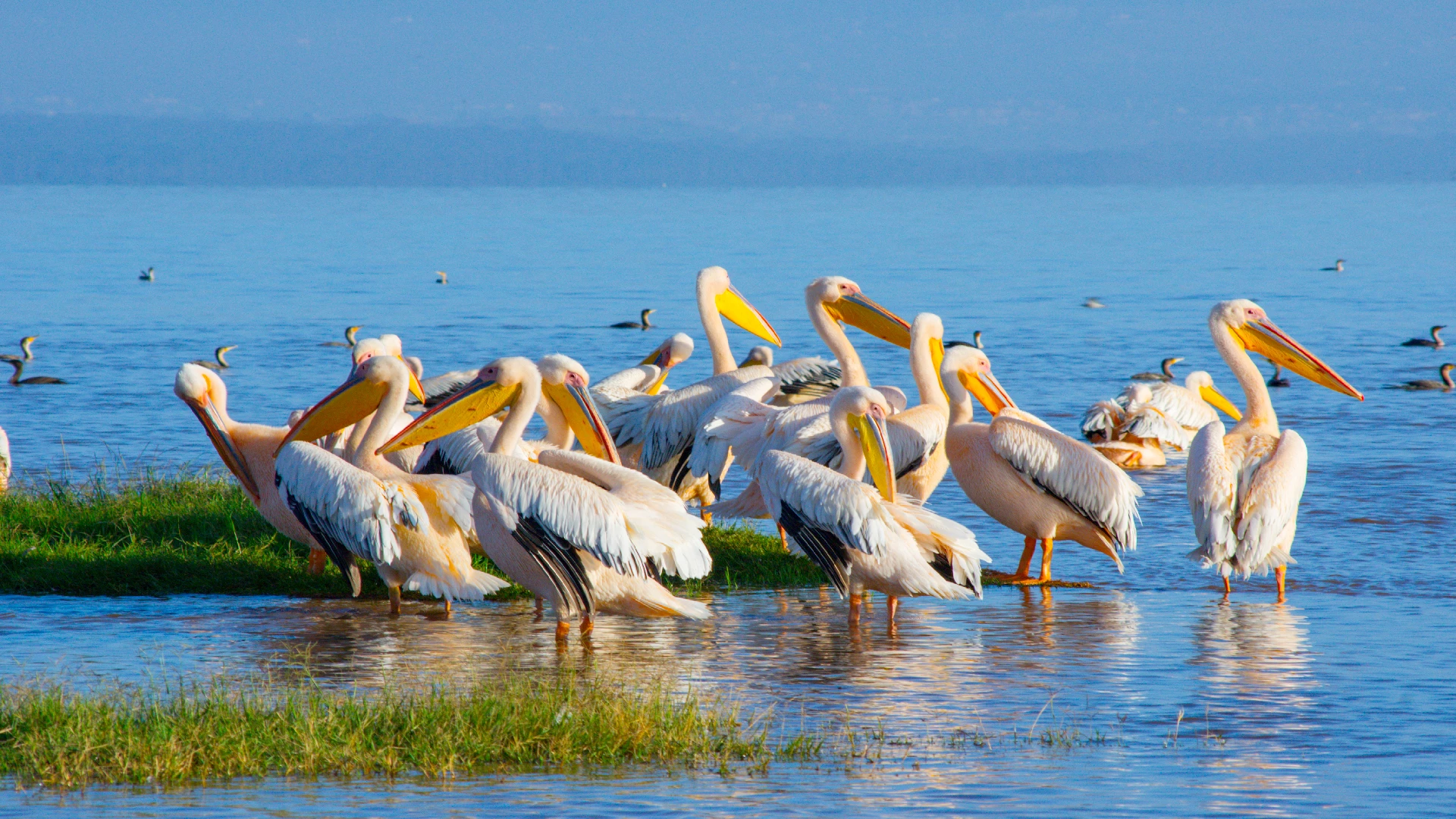 Notably, pelicans’ habitats are not confined solely to coastal areas. These birds also inhabit inland oases, such as lakes and reservoirs, where freshwater sustains a diverse ecosystem. These habitats offer a contrast to the coastal environment, showcasing the adaptability of pelicans across different landscapes. Moreover, these lakes and reservoirs often serve as crucial stopover points during migration, where pelicans can rest and refuel on their long journeys.
Notably, pelicans’ habitats are not confined solely to coastal areas. These birds also inhabit inland oases, such as lakes and reservoirs, where freshwater sustains a diverse ecosystem. These habitats offer a contrast to the coastal environment, showcasing the adaptability of pelicans across different landscapes. Moreover, these lakes and reservoirs often serve as crucial stopover points during migration, where pelicans can rest and refuel on their long journeys.
5. Estuarine Wonders: Where Rivers Meet the Sea
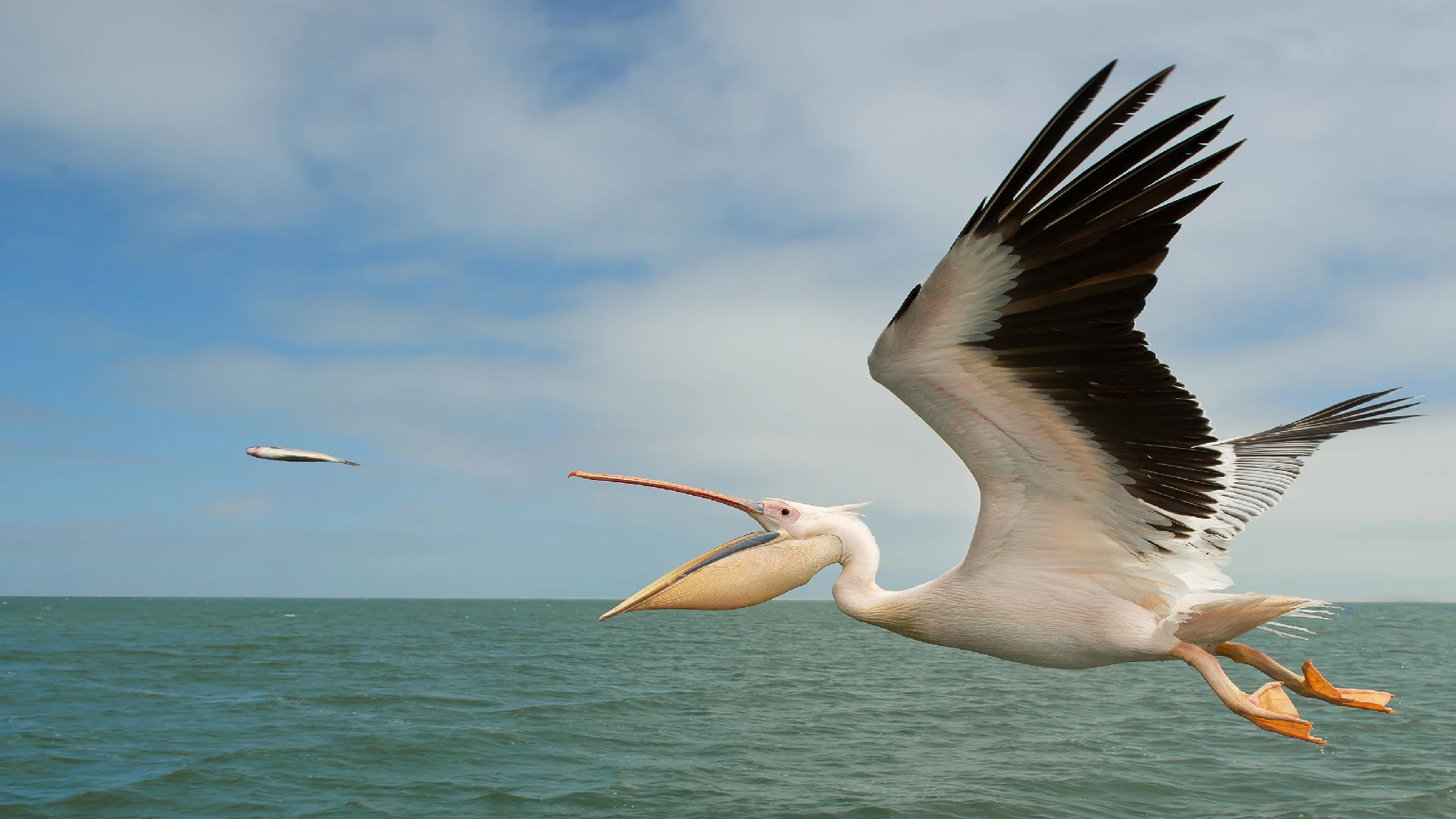 Transitioning to another dimension of the pelican’s world, estuaries play a significant role in their habitat selection. Estuaries, where rivers meet the sea, provide a unique blend of saltwater and freshwater environments, creating fertile grounds for an array of aquatic life. As a result, pelicans find these areas particularly enticing, as they offer a bountiful supply of food and an ideal environment for both breeding and foraging.
Transitioning to another dimension of the pelican’s world, estuaries play a significant role in their habitat selection. Estuaries, where rivers meet the sea, provide a unique blend of saltwater and freshwater environments, creating fertile grounds for an array of aquatic life. As a result, pelicans find these areas particularly enticing, as they offer a bountiful supply of food and an ideal environment for both breeding and foraging.
6. Global Wanderers: Migration Patterns
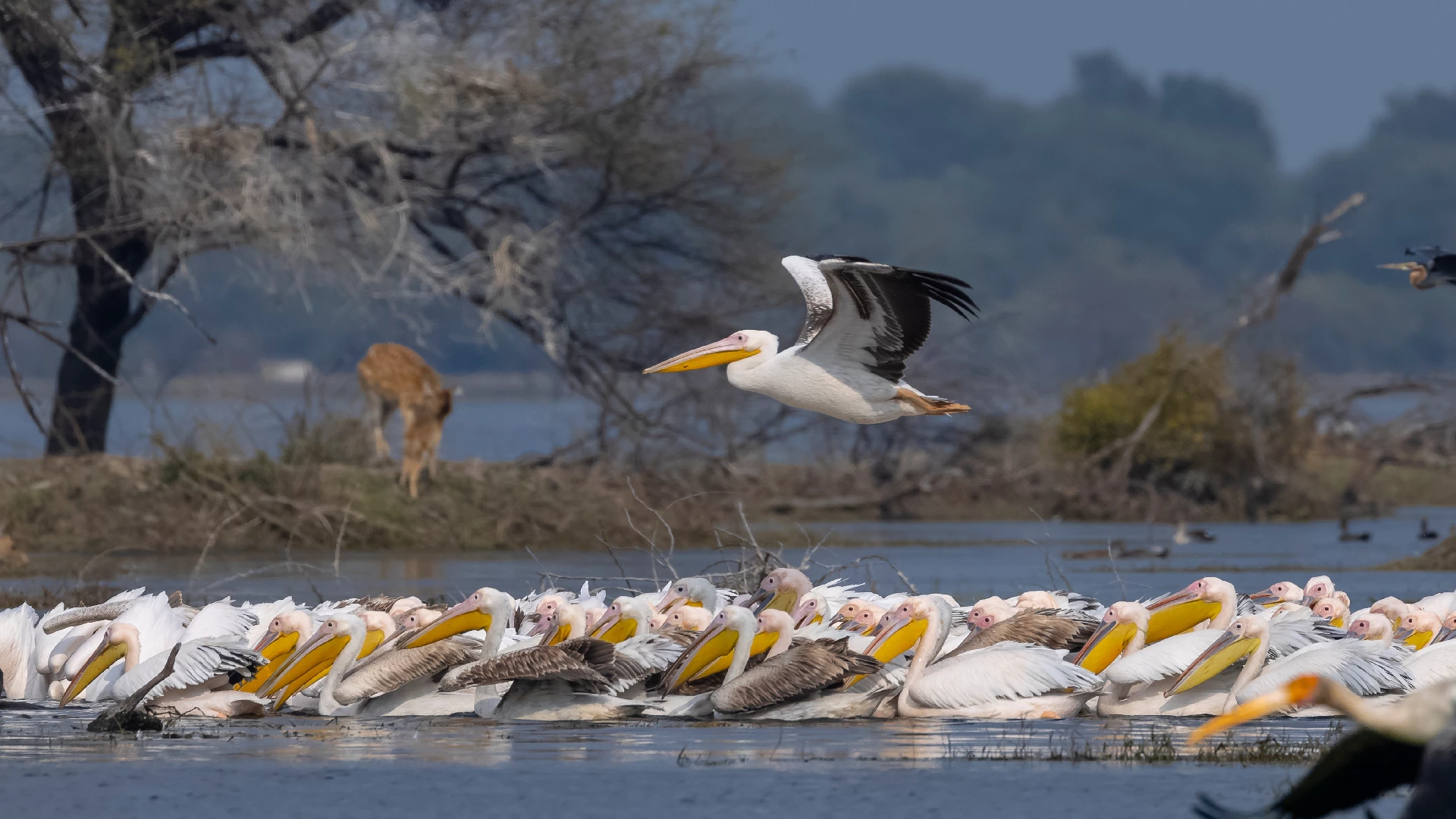 In a similar vein, pelicans exhibit fascinating migration patterns that expose them to a diverse range of habitats. Many species of pelicans are migratory, traveling great distances in search of optimal feeding and breeding grounds. These migrations allow them to experience the beauty and challenges of various habitats, from serene lakes to bustling estuaries, showcasing their adaptability across the globe.
In a similar vein, pelicans exhibit fascinating migration patterns that expose them to a diverse range of habitats. Many species of pelicans are migratory, traveling great distances in search of optimal feeding and breeding grounds. These migrations allow them to experience the beauty and challenges of various habitats, from serene lakes to bustling estuaries, showcasing their adaptability across the globe.
7. Threats to Habitats: Conservation Concerns
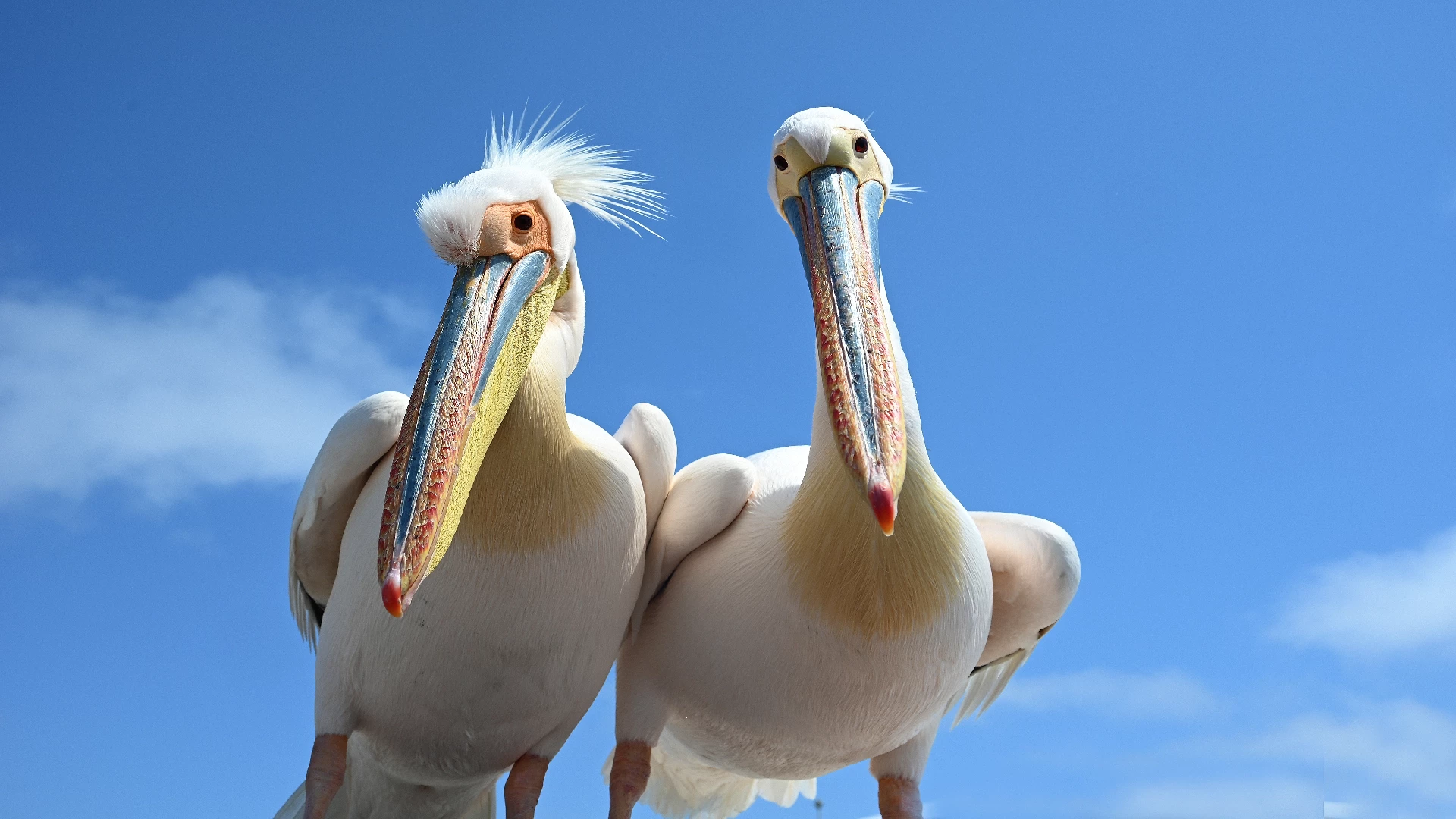 However, it is essential to acknowledge the threats that these habitats face. Human activities such as pollution, habitat destruction, and climate change can have devastating impacts on pelican populations. In light of this, conservation efforts play a pivotal role in preserving the habitats that these magnificent birds depend upon. From coastal clean-ups to protecting wetlands, these actions are vital in ensuring the future of pelicans and the ecosystems they inhabit.
However, it is essential to acknowledge the threats that these habitats face. Human activities such as pollution, habitat destruction, and climate change can have devastating impacts on pelican populations. In light of this, conservation efforts play a pivotal role in preserving the habitats that these magnificent birds depend upon. From coastal clean-ups to protecting wetlands, these actions are vital in ensuring the future of pelicans and the ecosystems they inhabit.
Conclusion: Celebrating Pelican Habitats
In conclusion, the world of pelican habitats is as diverse and awe-inspiring as the birds themselves. From the coastal shores to inland lakes, from mangrove swamps to estuarine wonderlands, pelicans have adapted to a myriad of environments with unparalleled grace. Moreover, their incredible migration journeys showcase their ability to navigate through various habitats, underlining the need for global conservation efforts to protect these vital ecosystems.
As we continue to appreciate the beauty of pelicans in flight and their remarkable fishing prowess, let us also recognize the significance of preserving their habitats. It is through our collective actions that we can ensure these magnificent birds continue to grace our world with their presence and remind us of the intricate tapestry of life that exists within our planet’s ecosystems. So, the next time you catch a glimpse of a pelican in its habitat, remember the rich and diverse world that lies behind that elegant silhouette.
Explore the Majesty of Pelicans: Click to Open in a New Tab










